FIA's rear wing clampdown ignites fierce team rivalry
FIA rear wing flexibility clampdown divides F1 paddock as Red Bull and McLaren debate performance impact amid tight championship fight.
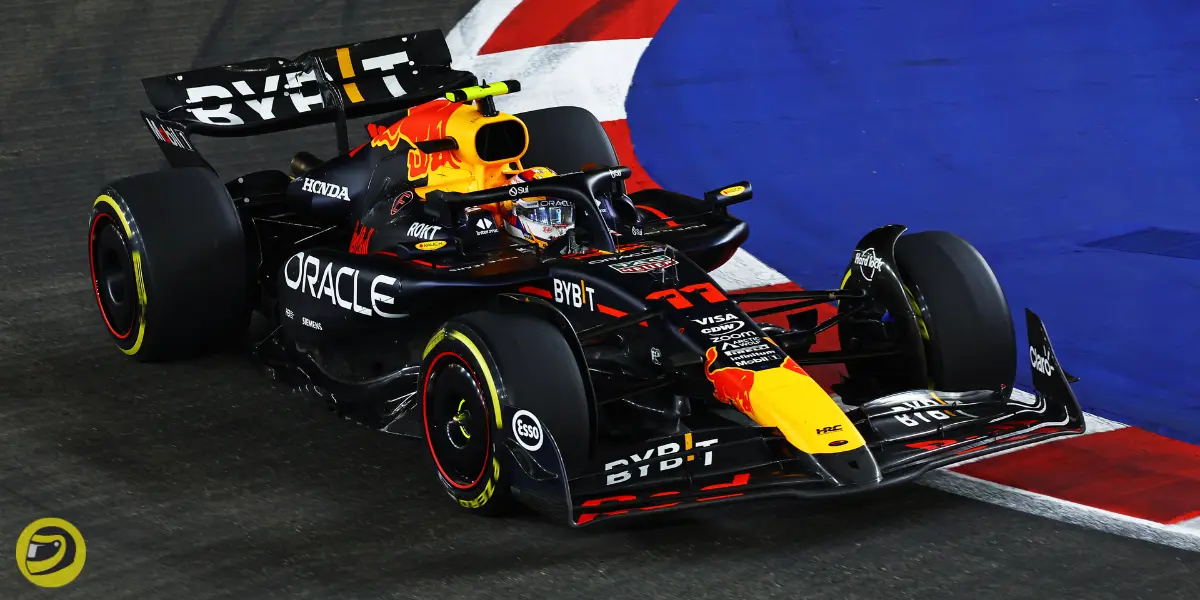
The recent FIA technical clarification regarding rear wing slot-gap flexibility has emerged as a potential factor in Formula 1's evolving performance hierarchy, with championship contenders offering divergent perspectives on its impact.
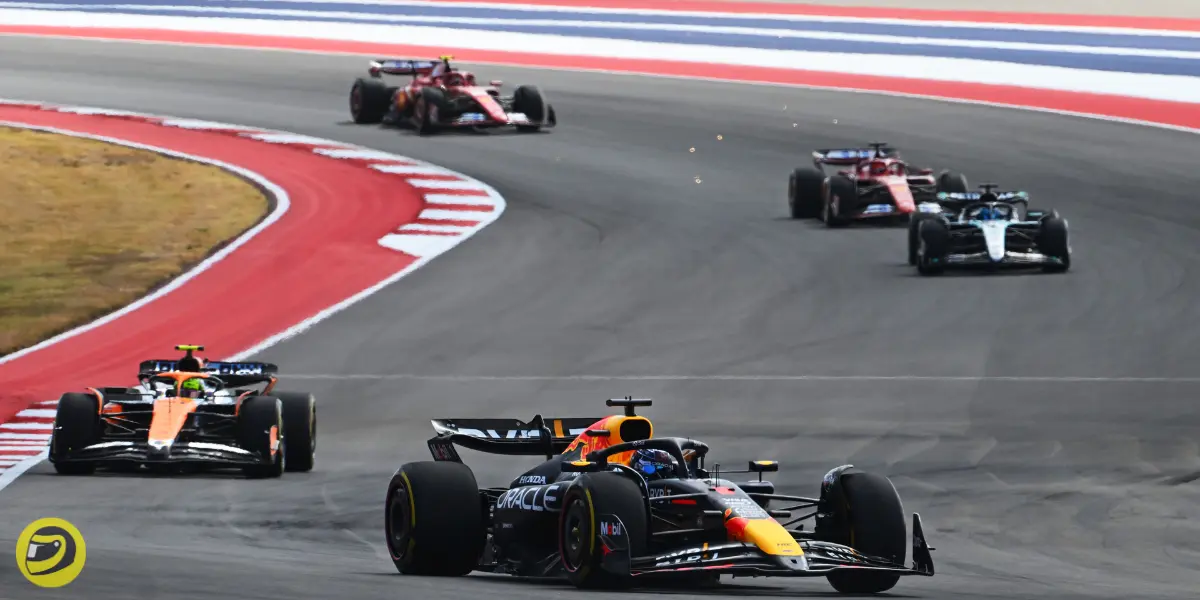
Technical intervention
Following scrutiny that peaked at the Azerbaijan Grand Prix, where McLaren's innovative 'mini-DRS' design drew attention from competitors, the FIA has moved to tighten control over rear wing flexibility.
The governing body's technical directive, implemented ahead of the United States Grand Prix, specifically targeted designs that allowed increased slot-gap openings during high-speed running.
Red Bull's perspective
Red Bull, maintaining they required no modifications to their Austin specification, suggests the directive could influence the competitive order.
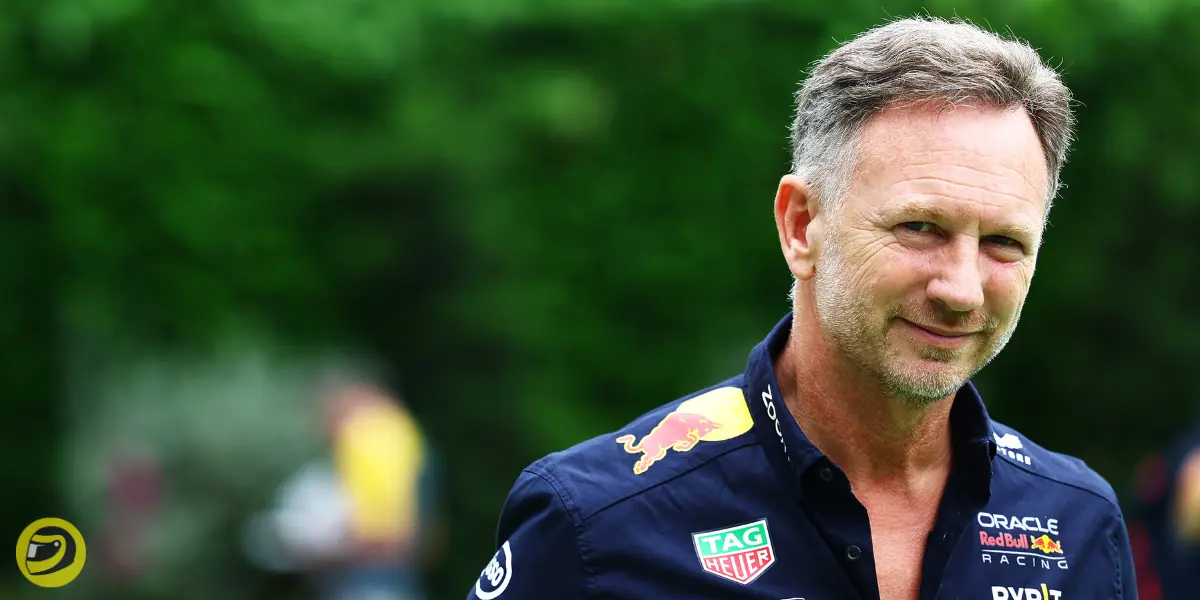
Team Principal Christian Horner emphasized the significance of such technical adjustments in the current competitive landscape:
"Small details do make a difference, particularly when the cars have converged as they have. It's all about marginal gains – that's what Formula 1 is all about."
McLaren's counter-argument
Championship leaders McLaren, however, present a different view through team principal Andrea Stella, who downplays the performance implications.
Despite acknowledging their post-Baku wing adjustments, Stella maintains the changes represent "a really minor element in terms of car performance" and shouldn't be associated with any team's performance fluctuations.
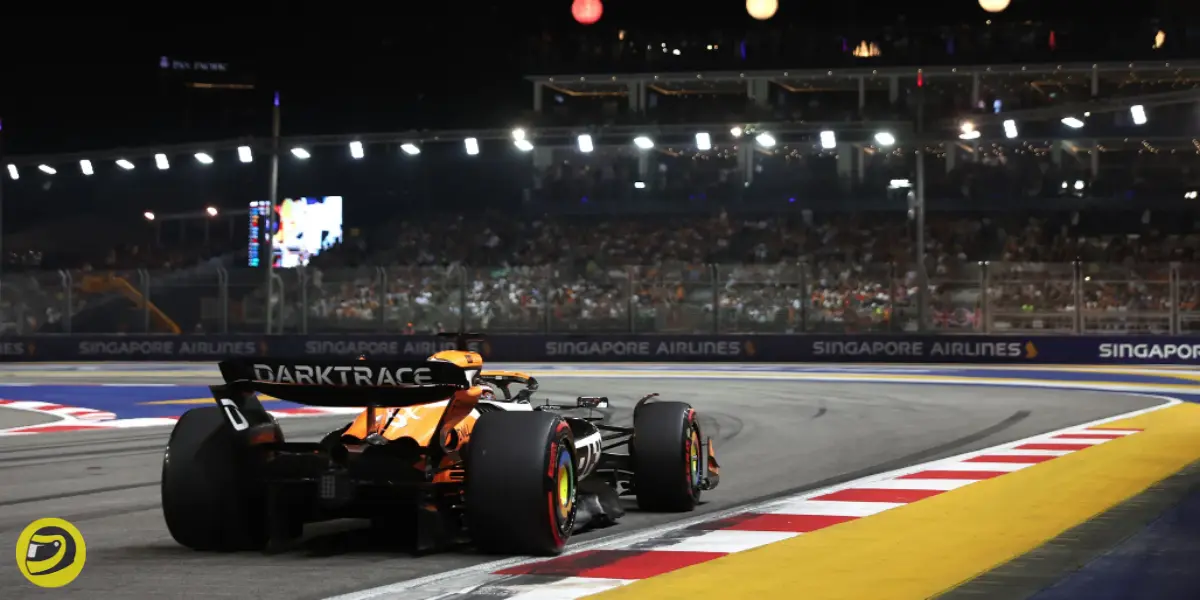
Wider impact
The technical directive's reach extends beyond the front-running teams.
According to Stella, multiple teams likely needed to implement modifications to comply with the FIA's new guidelines.
"I would be surprised that there's only a couple of teams that had to make adaptations to the rear wing,"
he noted, suggesting a broader impact across the grid.
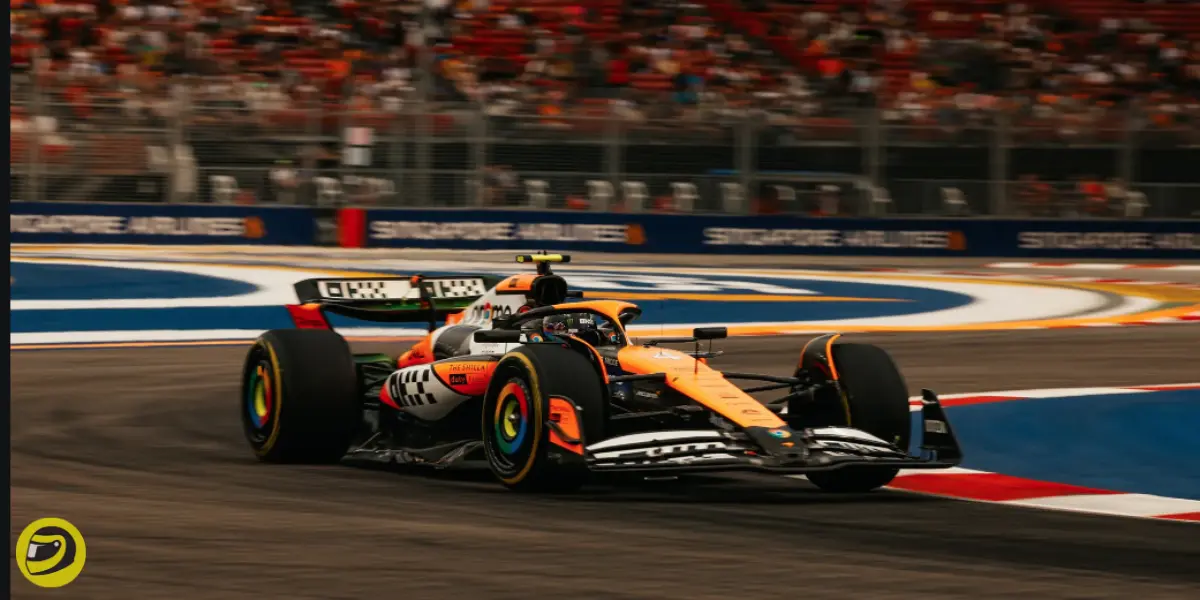
Technical evolution
McLaren's early-season adaptation of their 'mini-DRS' design prompted wider scrutiny of the field, with the team urging the FIA to investigate similar practices among competitors.
While some teams were indeed exploiting slot-gap openings, Stella remains convinced the performance impact of these technical adjustments is negligible:
"This is not what makes the performance of an F1 car, at least not to a level that is noticeable, measurable or quantifiable from one event to the other."
The controversy highlights Formula 1's ongoing battle between innovation and regulation, as teams continue to explore the boundaries of technical regulations in pursuit of performance advantages.


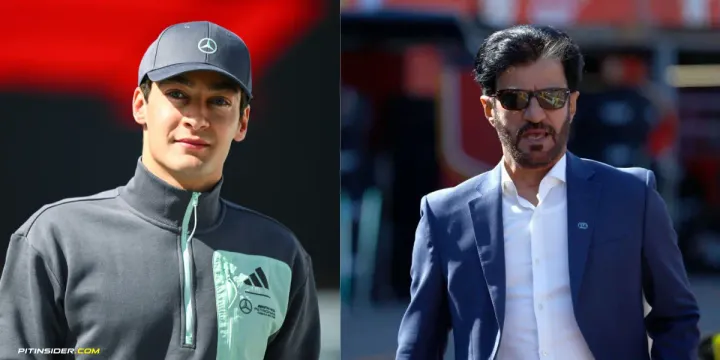
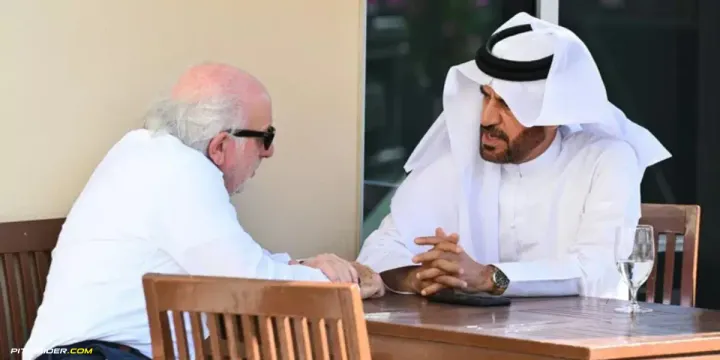
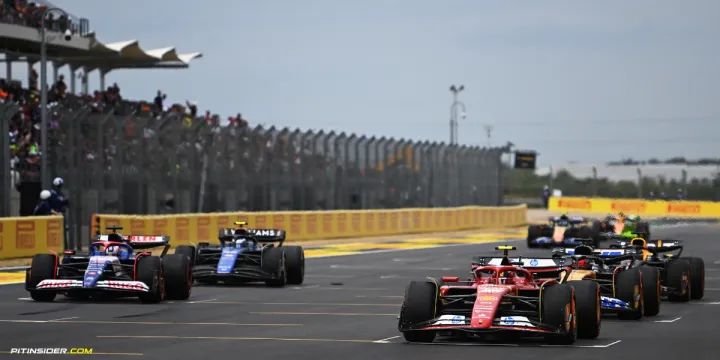
Comments ()